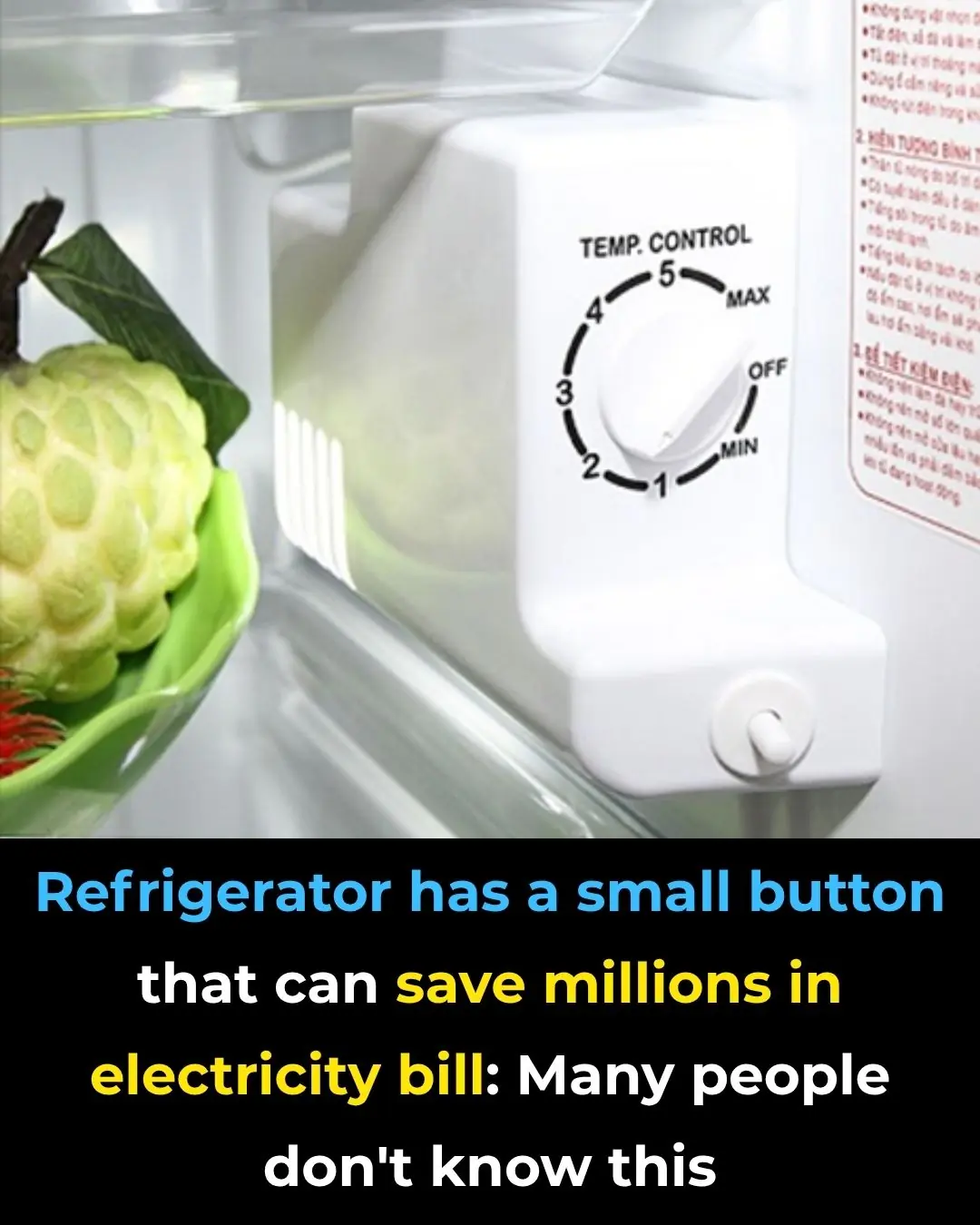
15 Things You Should Never Plug Into A Power Strip
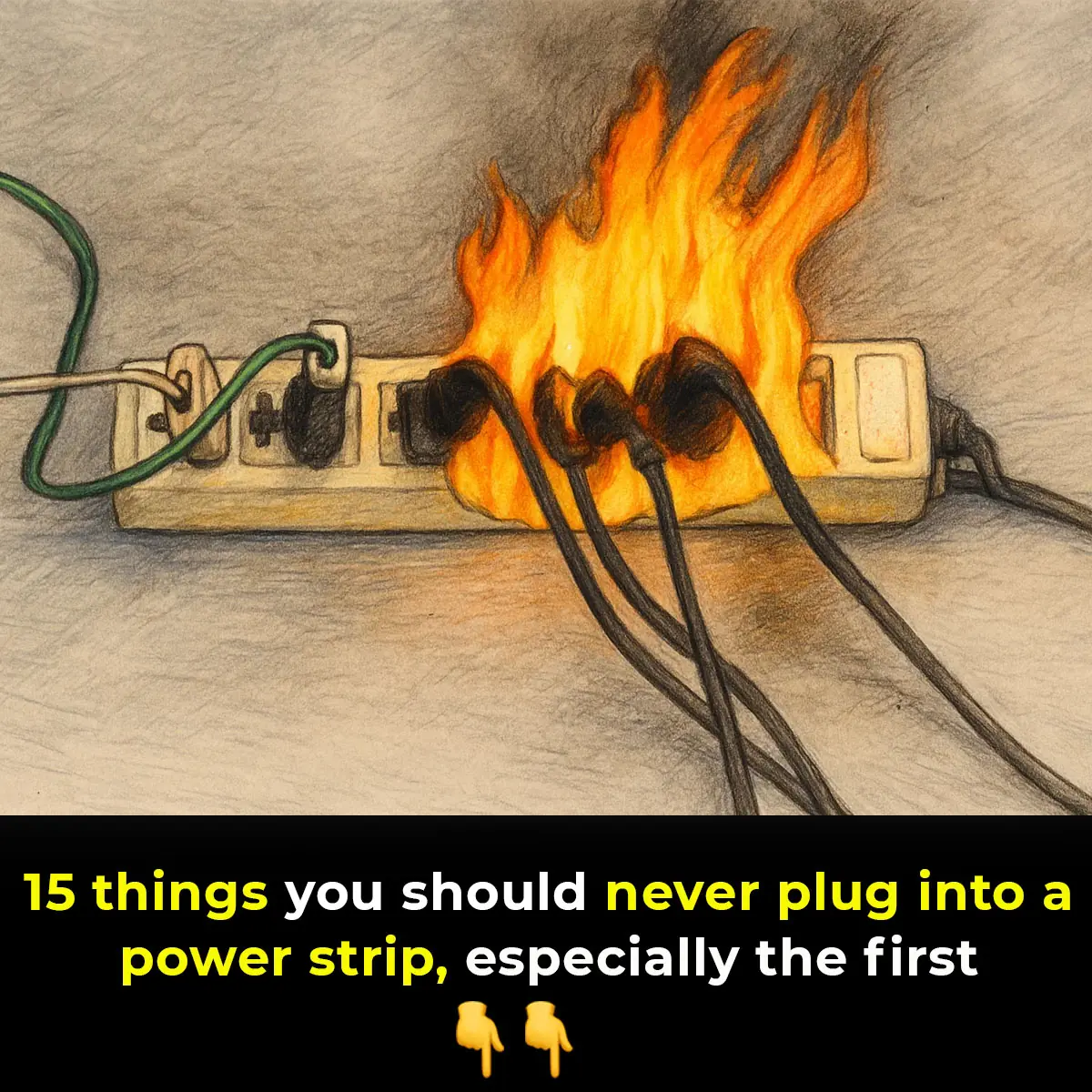
Power strips are commonly used when we need more plug outlets than a standard wall socket can provide. They allow us to power various electrical devices and electronics, from smartphones to home entertainment systems. However, not all devices are suitable for connection through power strips. Some appliances draw too much power, making it unsafe to plug them in.
When using a power strip, caution is necessary, especially when dealing with high-wattage appliances like toasters, space heaters, and air conditioners, as they can cause overheating, leading to a potential fire risk.
It’s important to avoid using an indoor power strip in damp areas like kitchens or laundry rooms due to the risk of damage. Always check the label on your power strip to ensure the devices connected do not exceed the maximum wattage.
Typically, most power strips are rated for 15 amps, which equals 1,800 watts. If you need to power devices that require more, you can use a 20-amp power strip, which supports up to 2,400 watts.
1. Refrigerators
Refrigerators, due to their high power consumption and frequent cycling, can quickly overload a power strip. It's best to plug these appliances directly into a dedicated electrical outlet to prevent overloading the circuit.
2. Microwaves
Microwaves require significant power to cook, thaw, or reheat food. Power strips cannot provide enough energy for this, so they should always be connected directly to an electrical outlet, just like a regular electric oven.
3. Coffee Makers
Coffee makers require a considerable amount of amperage to brew your morning coffee. To avoid interruptions during your morning routine, it’s best to plug your coffee maker directly into an outlet instead of using a power strip.
4. Kitchen Range Hoods
Appliances like kitchen range hoods, electric skillets, toaster ovens, and waffle makers can also quickly overload power strips. Their high current draw can cause overheating, making it unsafe to use them with power strips.
5. Slow Cookers
Slow cookers are another kitchen appliance that draws more power over extended periods. Connecting them to a power strip may result in an overloaded circuit. Ensure they are plugged directly into a wall outlet for safety, as they work over long cooking times without supervision.
6. Hair-Care Appliances
Hair straighteners, curling irons, and hair dryers use a lot of electricity. These appliances should never be plugged into a power strip. Use a GFCI (Ground Fault Circuit Interrupter) outlet to reduce the risk of water damage, particularly in bathrooms, and prevent the circuit breaker from tripping.
7. Air Conditioners
Like space heaters, portable air conditioners consume a large amount of power, which could overheat a power strip or trip the circuit breaker. Air conditioners should be plugged directly into a dedicated outlet to avoid these risks.
8. Sump Pumps
Sump pumps are crucial for preventing basement flooding. Due to their moisture-sensitive nature, they should never be connected to a power strip. Use a GFCI outlet placed above ground to ensure the pump operates safely, especially in a flooded area.
9. Air Compressors
Portable air compressors are valuable tools, but they use a lot of power, which can stress a power strip. Instead, use an extension cord to avoid overloading the power strip and ensure the air tools work efficiently.
10. Another Power Strip
Daisy-chaining power strips, or using multiple power strips in series, is unsafe and may overload your electrical system. Fire safety regulations generally prohibit this practice, as it increases the risk of overheating. If you run out of outlets, consider turning off one device before plugging in another.
11. Juicers
High-powered appliances like juicers and blenders (e.g., Ninja or Vitamix) are designed to process tough ingredients, making them comparable in wattage to space heaters or air conditioners. These appliances should always be plugged into a GFCI outlet in the kitchen to avoid electrical damage or shorts.
12. Washing Machines
Washing machines can draw close to the 1,800-watt capacity of a typical power strip. Since washing cycles can last up to an hour, using a power strip can lead to overheating. Always plug washing machines directly into a wall socket for safe operation.
13. Portable Heaters
Portable heaters draw a substantial 1,500 watts of power, especially when running for extended periods. While many have safety features that turn them off if overheated, power strips can still overheat and catch fire. Use them only with outlets designed to handle such power loads.
14. Power Tools
When working with power tools like table saws, circular saws, and chop saws, use a power strip with a 220-volt rating and grounded outlets. Ensure the wiring is sufficient (14-gauge) to handle the heavy electrical load to avoid overheating.
15. Gaming Equipment
Using a power strip for gaming systems is fine, but be cautious about plugging too many devices in at once. Gaming PCs may consume around 500 watts, and when adding monitors, speakers, and other accessories, it’s important to check the power strip’s rating to avoid overloading it.
By following these guidelines, you can ensure safe usage of power strips and protect your devices from potential damage.
News in the same category


10 Types of Toxic Friends to Avoid

Index Finger Length: Personality and Fortune

Underwater City Near 'Noah's Ark' Discovery Might Change The Bible Story We Thought We Knew

Reason Mark Zuckerberg Just Spent $15,000,000,000 to Hire This 28-Year-Old ‘College Drop Out’ for Meta

Cut a lemon in four and keep it in your bedroom overnight – the reason is brilliant
This lemon trick is a small change that makes a big difference.

Italy just upgraded dogs to cabin class. No more cargo holds for dogs!

11 Heartbreaking Signs Your Dog Is Nearing the End—And How To Give Them The Love They Deserve

15 Things That Might Hint at Her Romantic Past

Depressing find at the bottom of the Mariana Trench is a warning to the world
The Mariana Trench, Earth’s deepest ocean abyss, was once thought to be untouched by human hands. But the discovery of a single plastic bag in its darkest depths has become a chilling symbol of how far our pollution has reached.

Unveiling Personality Secrets: What’s the First Color You See?

If you see square waves forming in the ocean, get out of the water immediately
The mesmerizing chessboard-like patterns on the ocean’s surface may seem harmless, but they’re hiding a dangerous secret. Scientists warn that these rare formations, known as square waves, can turn the sea into a deadly hazard in seconds.

The flowers you love the most uncover hidden aspects of your personality
Flowers don’t just brighten our surroundings — they can also serve as a fascinating mirror to our inner world. From the joyful daisy to the mysterious violet, your favorite bloom could reveal your emotional depth, values, and the way you connect with
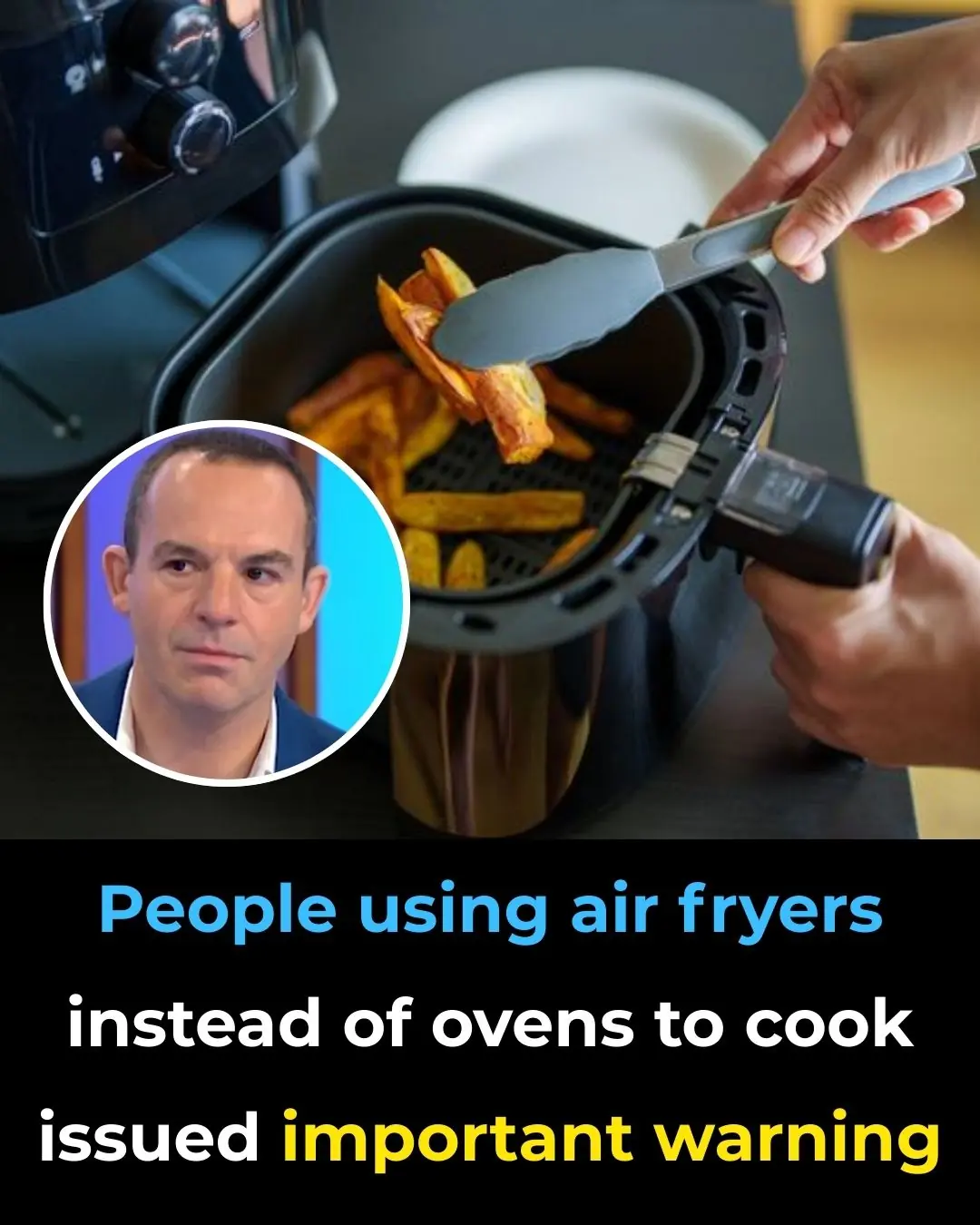
Experts warn: Don’t swap your oven for an air fryer

The Truth About Eating the Black Vein in Shrimp Tails
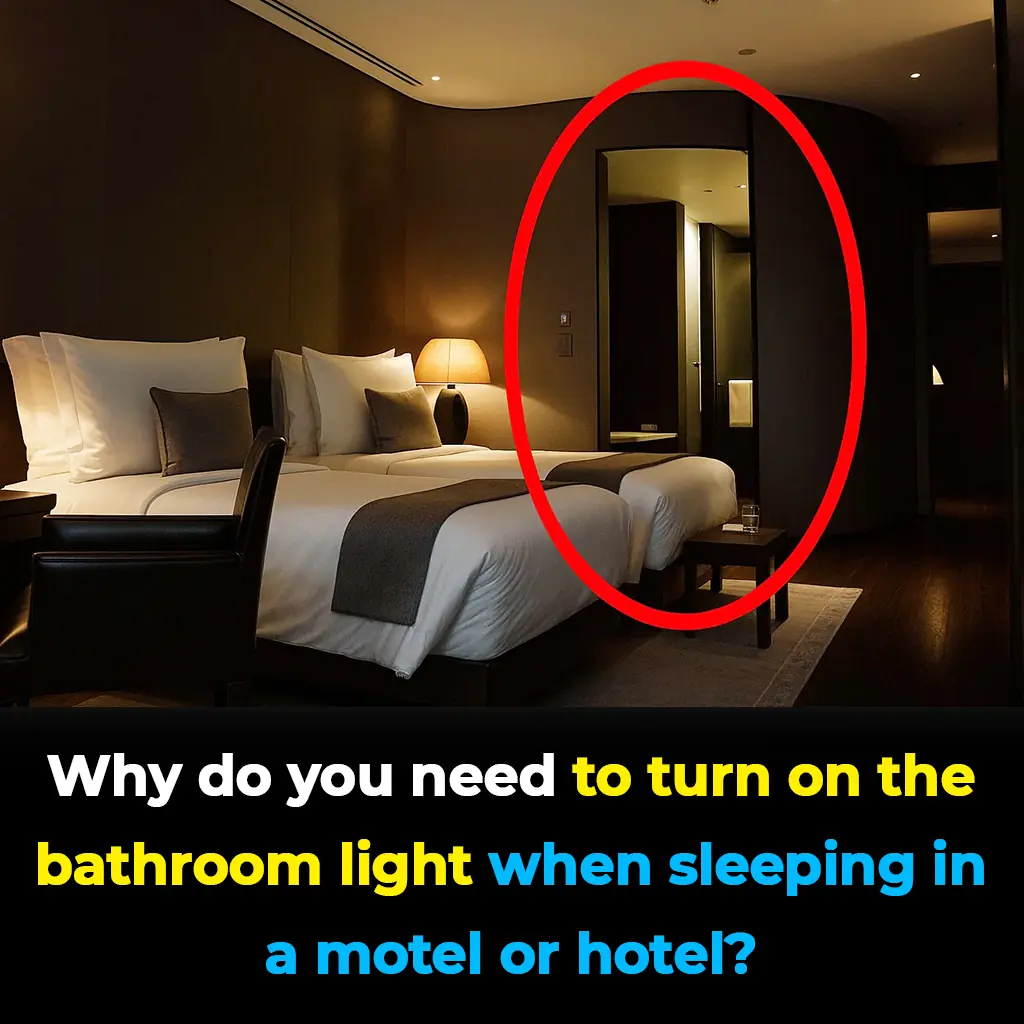
This is why you should keep the bathroom light on when sleeping in a hotel
Leaving your hotel bathroom light on at night might seem unnecessary, but it could be a small habit that makes a big difference for your comfort and safety. From preventing nighttime accidents to deterring intruders, experts say this simple tip can protec

The Mystical Gaboon Viper, Master Of Disguise And Deadly Accuracy

If You See Square Waves Forming In The Ocean, Get Out Of The Water Immediately

A Greenland Shark Born in 1620 is Still Alive Four Centuries Later
News Post

14 Warning Signs of Low Magnesium Levels and What to Do About It (Science Based)

5 Unconventional Signs of Breast Cancer That You Must Know About
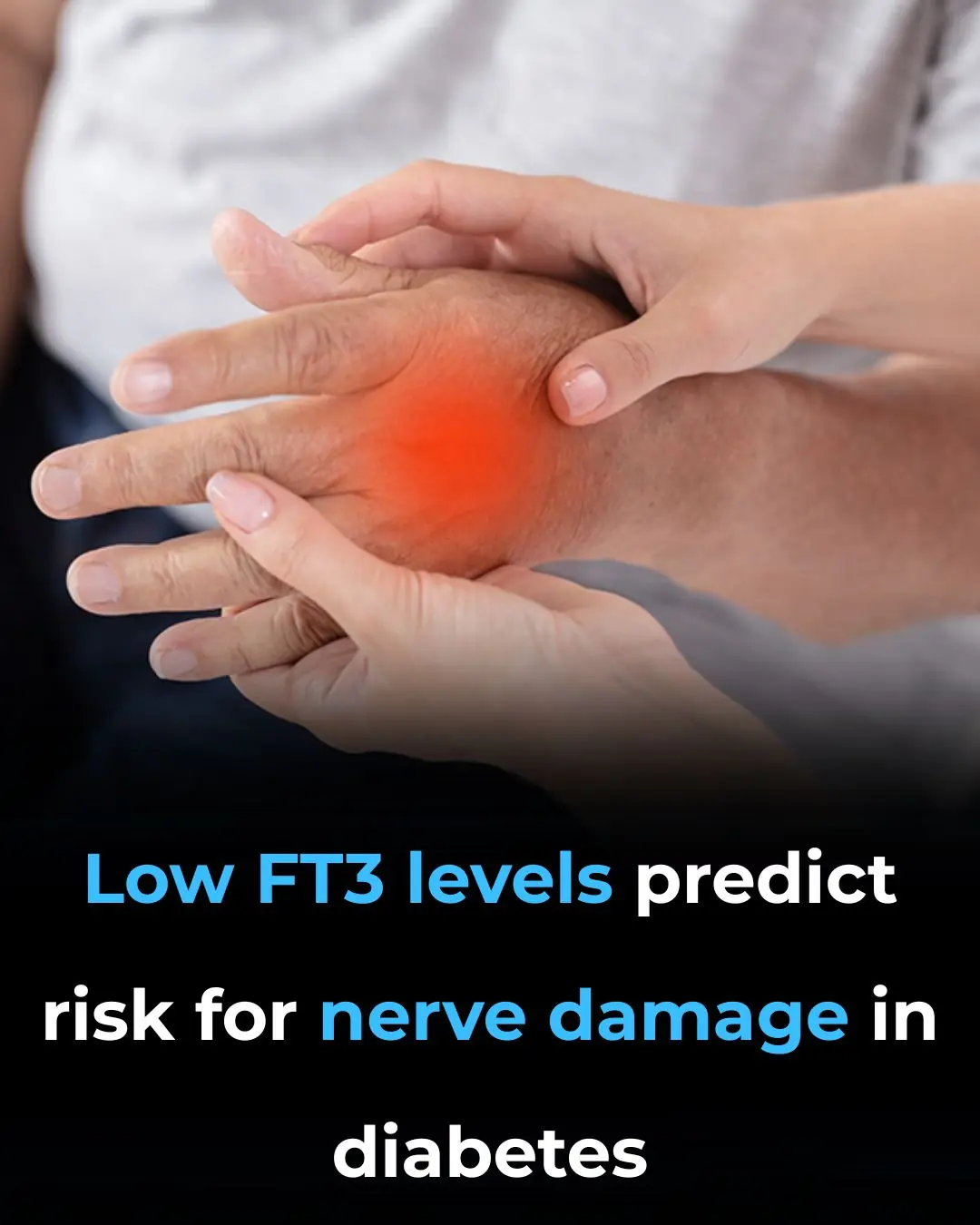
Low FT3 Levels Predict Risk for Nerve Damage in Diabetes

Doctors Urge: Don’t Ignore Unexplained Bruising — These Hidden Reasons Could Be the Cause

12 Urgent Warning Signs You’re Eating Too Much Sugar
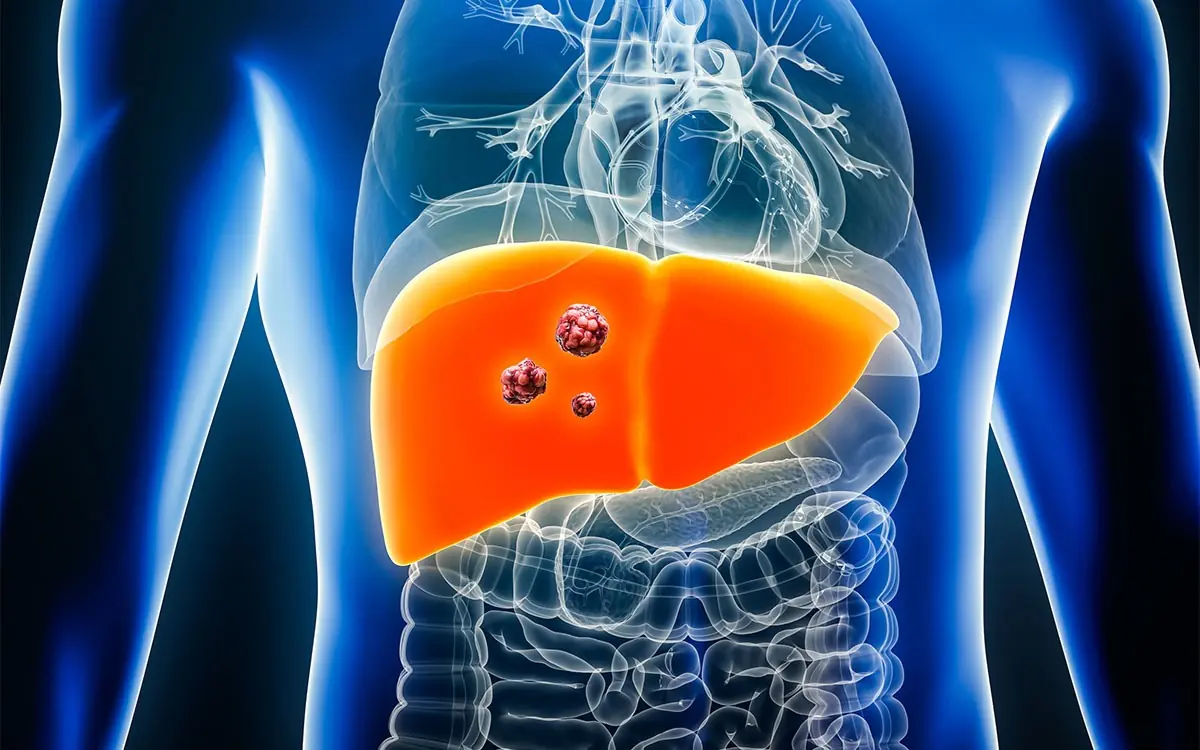
5 Common Habits Silently Destroying Your Liver (Most People Do Them!)

Where Do You Stand on the Sitting-Rising Test?

The Ultimate Guide to Marinating Fish
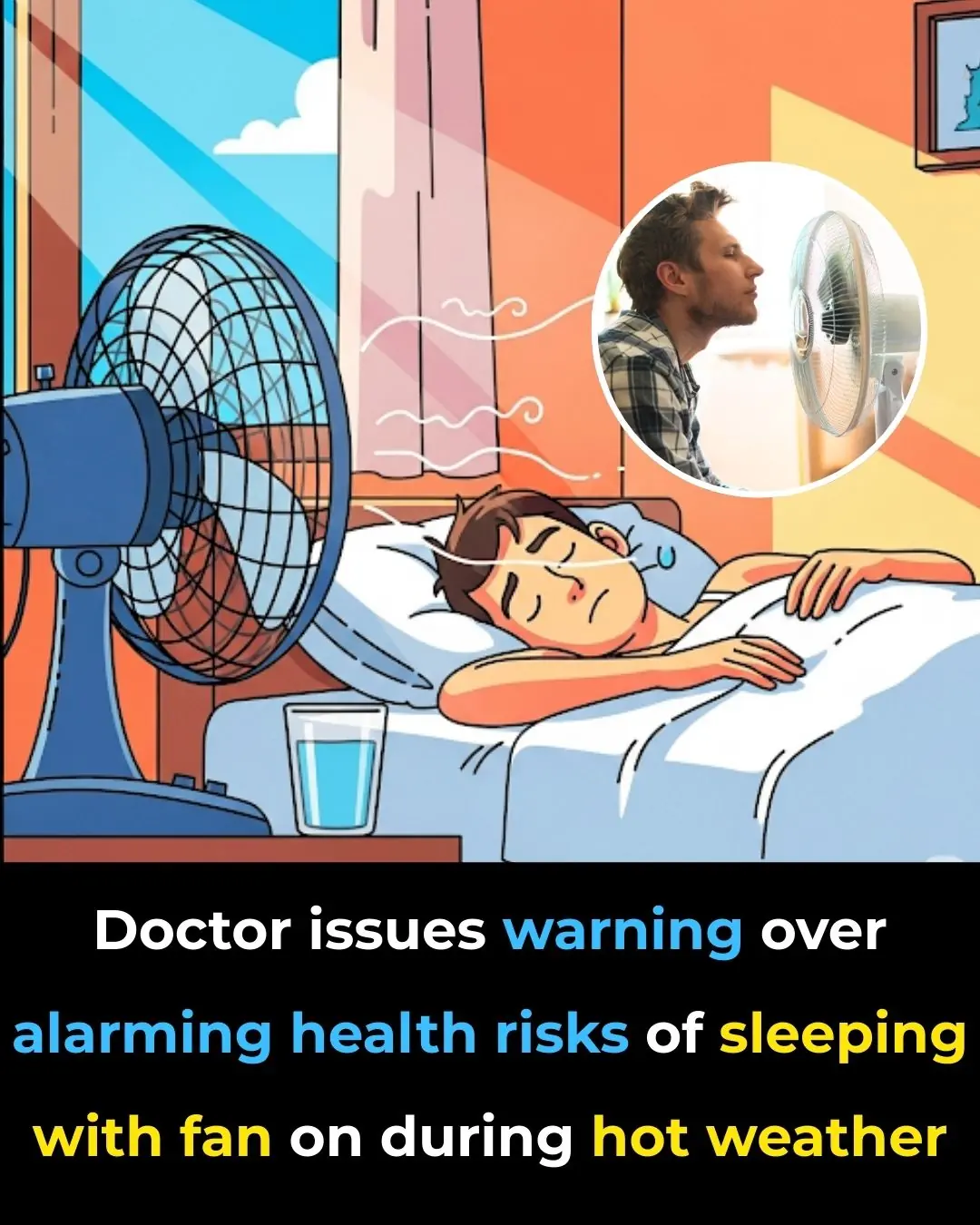
The Pros and Cons of Sleeping with a Fan On

One Button, Big Savings: Cut Energy Costs with Every Wash
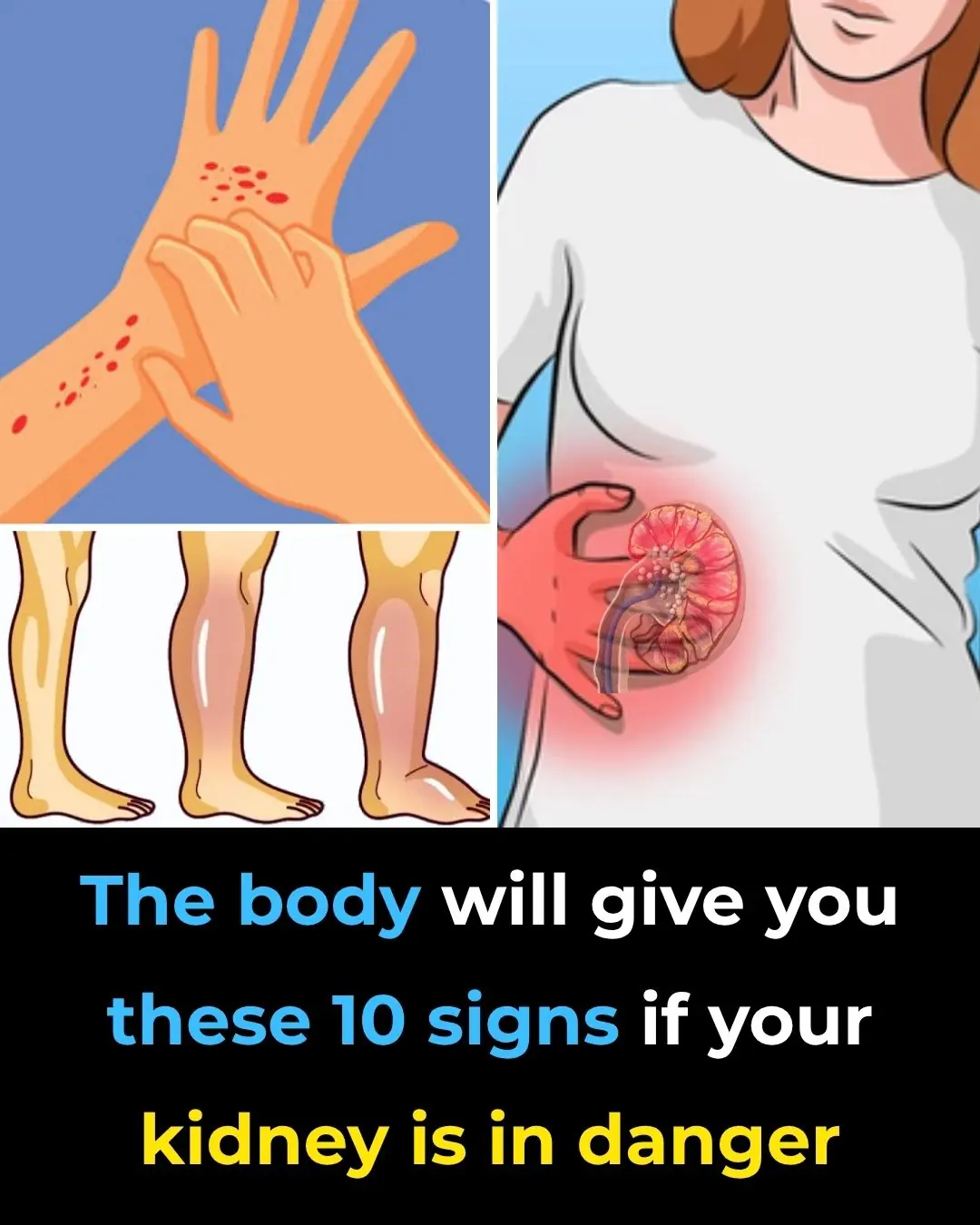
10 Symptoms of Kidney Disease

10 Types of Toxic Friends to Avoid

Index Finger Length: Personality and Fortune

5 Potential Health Benefits of Macadamia Nuts

How to Exercise Safely When You Have Atrial Fibrillation
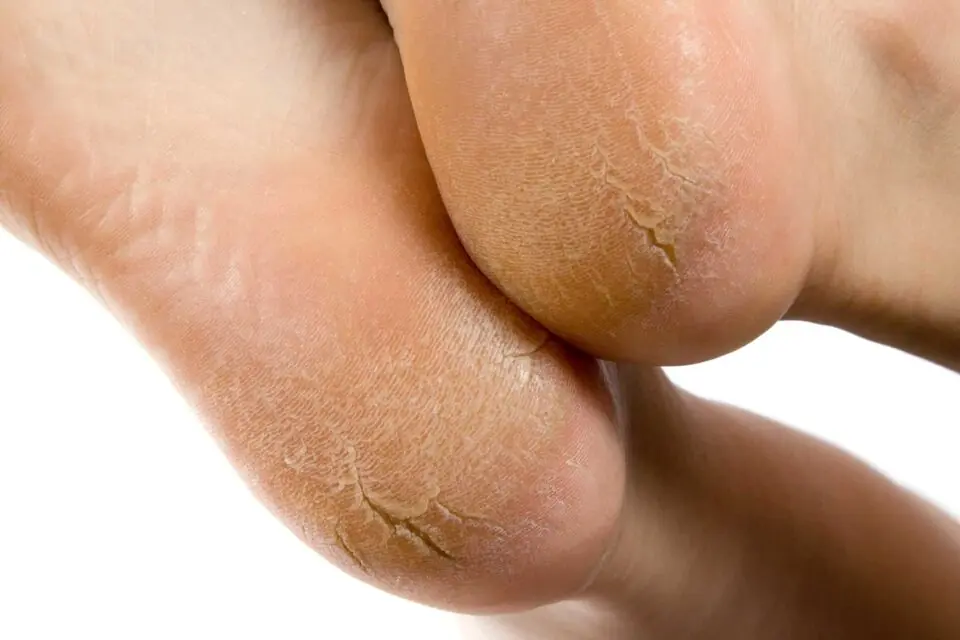
How to Get Rid of Dead Dry Skin on Feet

Foods to Eat if You Need to Poop – The Best Natural Laxatives

How to Make Onion Juice for Hair Growth & Strong Hair

3 Best Ways to Boil Sweet Potatoes for Maximum Flavor
